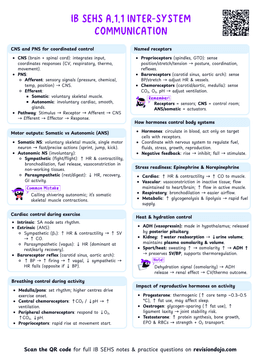Atkinson's Model of Achievement Motivation
Understanding Achievement Motivation
Atkinson's model, developed in the 1960s, explains why some athletes are more motivated to achieve success than others. It's based on the idea that achievement behavior results from a conflict between two opposing forces:
- The motivation to achieve success (Ms)
- The motivation to avoid failure (Maf)
Achievement motivation is the difference between these two forces: Achievement Motivation = Ms - Maf
The Components of Achievement Motivation
Motivation to Achieve Success (Ms)
This is made up of three factors:
- Need for achievement (Nach)
- Probability of success (Ps)
- Incentive value of success (Is)
The relationship is expressed as: $Ms = Nach × Ps × Is$
Motivation to Avoid Failure (Maf)
Similarly, this consists of three components:
- Fear of failure (Ff)
- Probability of failure (Pf)
- Incentive value of failure (If)
Expressed as: $Maf = Ff × Pf × If$
Remember that probability of success and probability of failure are inversely related: Ps + Pf = 1
How the Model Works in Practice
High Achievers
- Have strong Nach (need for achievement)
- Low fear of failure
- Choose moderately challenging tasks
- Persist longer when facing difficulties
A gymnast with high achievement motivation will:
- Choose routines that challenge their current skill level


